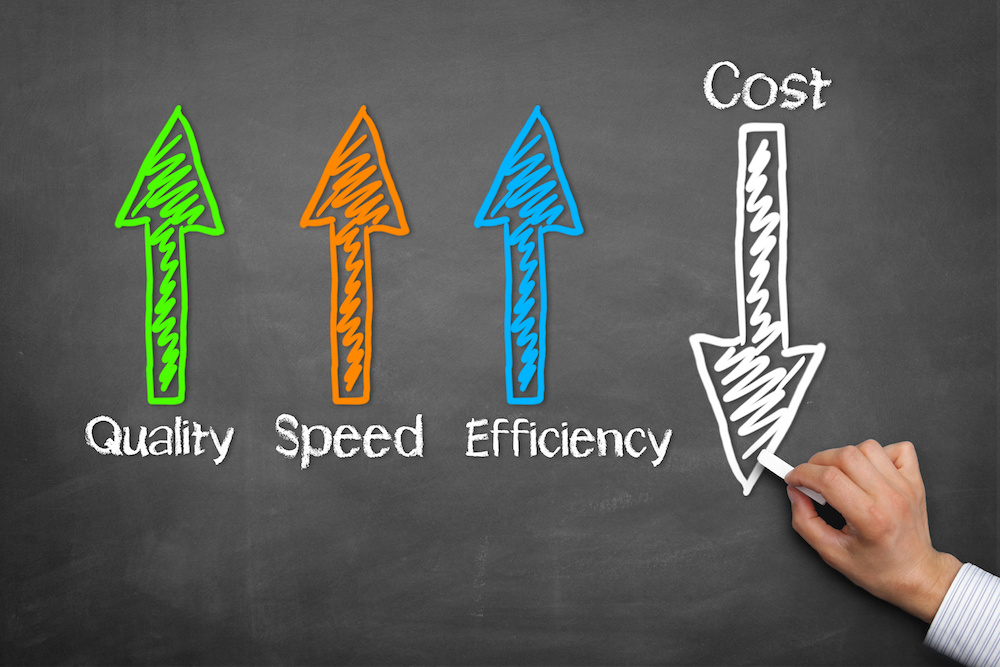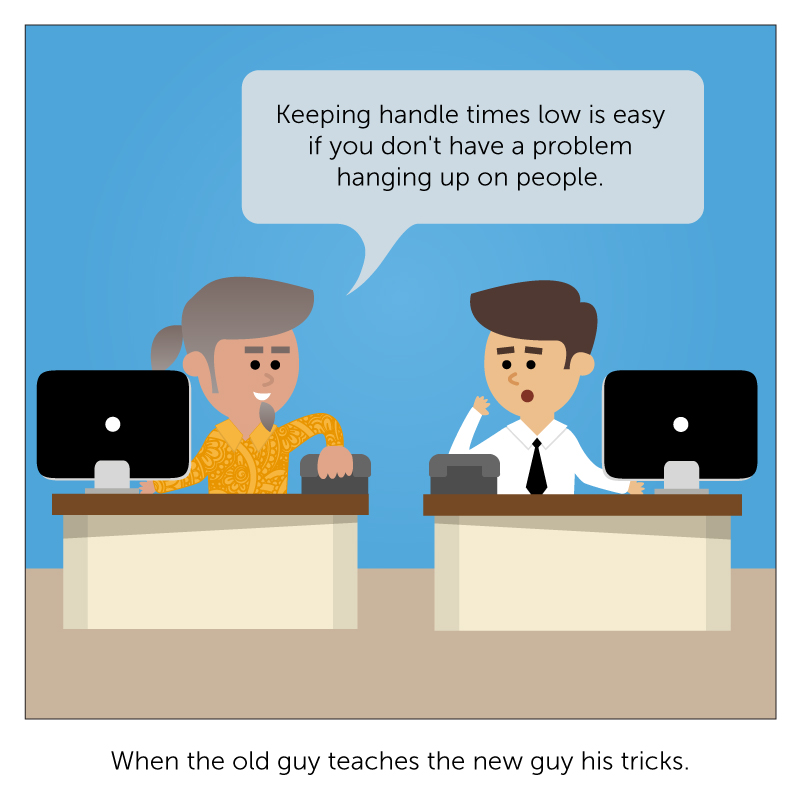Your contact center systems can supply you with a lot of data. No doubt you’ve used that data to make your operation more operationally efficient, and that’s a smart move. But that data has far more value than just operational, it can be used to understand the customer journey through customer journey analytics. Understanding your customers and how they engage with your business can help you improve contact center performance by another level of magnitude.
In the contact center, we see five stages every customer moves through as they interact with you, from a single call to a lifetime relationship. At each stage, you have the opportunity to learn something that will improve your business—sometimes dramatically. The higher the customer progresses along the hierarchy, the more valuable insights you stand to gain.
Customer Journey Analytics Stage One: Events
Events are the first level of customer journey analytics. The customer journey starts with events, which are short, and the lowest level on the journey. The customer wants to accomplish something, so they go to your website, or choose an IVR option, or send an email or chat message – that’s an event.
Analyzing event level data can tell you if your system isn’t working or if you should re-configure it to make it more user-friendly. But you need to go up a level on the journey to learn more about your customers, which brings us to transactions.
Customer Journey Analytics Stage Two: Transactions
Transactions are the second level of customer journey analytics. Now you know that if a customer chooses three options from an IVR menu that counts as three events. Just using the IVR system itself counts as a transaction. So, if after choosing the three options in the IVR, the customer then speaks to an agent (which also counts as a transaction), that is two transactions. Any time the customer touches a system is a transaction.
Analyzing transaction level data helps you improve efficiency. For example, transaction data can show you which processes can save time by being automated. That’s good, but not everything should be automated. For example, if you automate cancellations, that may save time. But if your best agents can convince 30% of those customers not to cancel, automation may not be your best option. This is where understanding the customer experience can get you some valuable insight. Which brings us to interactions.
Customer Journey Analytics Stage Three: Interactions
Interactions are the third level of customer journey analytics. Continuing our example, let’s say your customer called to cancel a service, chose three options in the IVR system, spoke to an agent, and decided not to cancel. That amounts to four events, two transactions, and one interaction. An interaction is everything a customer does during a single session to accomplish their goal.
Analyzing interactions can help you adjust your system based on what the customer wants to do. For our sample customer, maybe you change it so that one option in the IVR goes straight to an agent. You can provide your high-value customers with their preferred route as a default. You can see which calls are currently handled within one transaction.
Analyzing level three (interaction) data can help you gain valuable information that will improve the customer journey and boost sales and customer retention. But there is a still higher level on the customer journey: engagements.
Customer Journey Analytics Stage Four: Engagements
Engagements are the fourth level of customer journey analytics. An engagement is a series of events, transactions, and interactions with the same intent. For example, purchasing your product, getting a question answered, resolving a customer service issue – everything a customer does over time as they engage with your company.
Engagement data can help you answer questions to help you improve the customer journey even further, such as:
- How many actions does it take for a customer to accomplish a goal?
- What path do people take to resolve an issue?
- What channels do people prefer for support? Which do they prefer for ordering?
- What touch points along the way were helpful in getting to the final resolution?
- Which agents work best with which type of customer?
- Which agents are good at resolving particular issues?
Once you have answers to these questions, you can maximize the effectiveness of your sales and support operations. You can also route calls based on an agent’s ability instead of their availability, which can improve your close rate and first call resolutions (and therefore your bottom line).
Stage Five: Customer Journey
Lastly, the overall customer journey is the fifth and most valuable stage of customer journey analytics. The customer journey is all the engagements that your customer has with you. The insights you get at this level mean you have a sophisticated understanding of your customers and can provide them with outstanding customer service. When you look at all the engagements in totality for each customer, you can see yourself the way your customers see you. You can understand their pain points and what makes them decide to purchase your product or service. You can use this new insight to streamline your processes. You can identify customer behavior patterns that predict certain outcomes. In other words, you can use all the data from your customer contact system to connect all the dots – and that’s customer journey analytics.
Customer Journey Analytics is a specialty of BroadSoft CC-One. Read how CC-One customer engagement analytics can give you insight into your customer’s journey.









